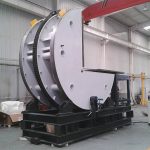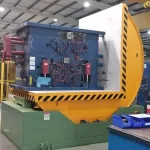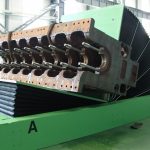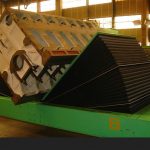Guide to Choosing the Right Mold Upender for Heavy Load Handling
Introduction
Mold upenders play a crucial role in industries that handle heavy loads, providing a safe and efficient method for rotating large molds. Selecting the right mold upender can significantly improve operational safety and productivity. This guide offers comprehensive insights to help you make an informed decision, ensuring the equipment meets your operational demands while enhancing safety.
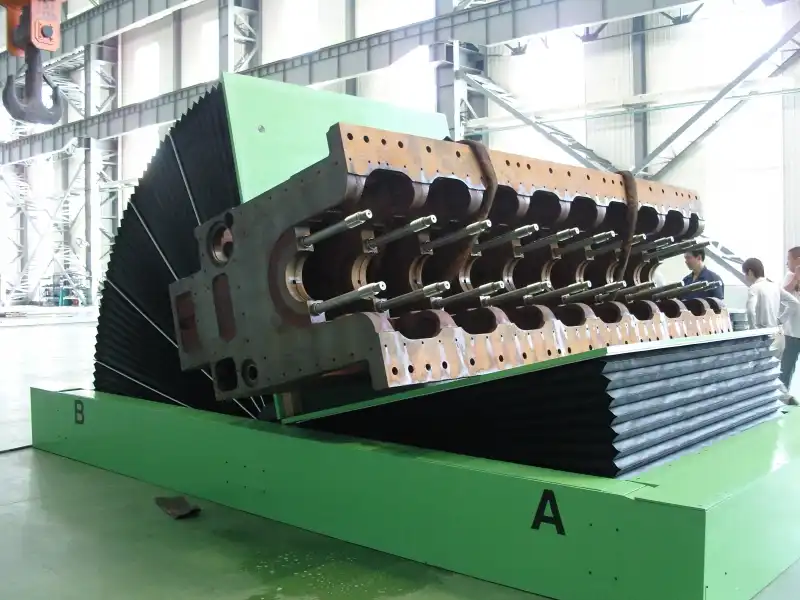
Key Factors in Selection
- Weight Capacity: The most important factor to consider when selecting a mold upender is its weight capacity. Heavy molds require robust machinery, typically capable of handling over 20 tons or more. Underestimating the required capacity can lead to equipment failure or safety hazards, so it’s critical to accurately assess the weight of your molds and choose an upender that can handle this load with ease.
- Operational Space: Evaluating the available space in your facility is another essential consideration. Mold upenders can be quite large, and it’s crucial to ensure that there is enough room for the machine to operate efficiently without causing obstructions. This also includes considering how much space is required for loading and unloading the molds. Additionally, compact designs are available for smaller spaces, offering the same functionality but with a reduced footprint.
- Safety Features: Safety should always be a top priority in any heavy load handling equipment. Mold upenders are equipped with a range of safety features, including automatic clamps that securely hold the molds during rotation, anti-slip surfaces to prevent unwanted movements, and emergency stop buttons that allow operators to halt operations instantly in case of malfunction or danger. These features ensure that both the molds and the operators remain safe throughout the process.
- Rotation Precision: Modern mold upenders offer precise control over rotation speed and angle, which is particularly important for handling fragile or irregular molds. Advanced machines provide adjustable settings that allow you to fine-tune these movements, reducing the risk of damaging sensitive molds during the flipping process. This level of control is especially useful in industries where the accuracy of mold orientation is critical to the manufacturing process.
Innovations in Mold Upending Technology
The latest innovations in mold upender technology have introduced automatic load balancing systems. These systems help to evenly distribute the weight of the mold during rotation, preventing instability and reducing wear on the machine. Additionally, remote control interfaces are becoming more common, allowing operators to control the upender’s movements from a safe distance. This not only increases operator safety but also enhances the convenience of handling large, heavy molds.
Another innovation is the integration of sensor technology that monitors the position and movement of the mold throughout the flipping process. These sensors can detect misalignments or potential issues and automatically adjust the machine's settings to correct them, ensuring a smooth and safe operation every time.
Maintenance and Durability
For long-term reliability, regular maintenance of mold upenders is essential. When choosing a model, consider one that provides easy-access maintenance points, allowing your team to perform routine checks and services without disassembling the entire machine. Additionally, materials such as hardened steel or reinforced alloys are ideal for the construction of mold upenders, as they provide the strength needed to handle heavy loads while ensuring the machine can withstand the wear and tear of daily operations.
Durability is also closely related to the machine’s ability to function under heavy stress. Look for machines that are tested and certified for high-volume use, ensuring they can maintain performance even in demanding environments.
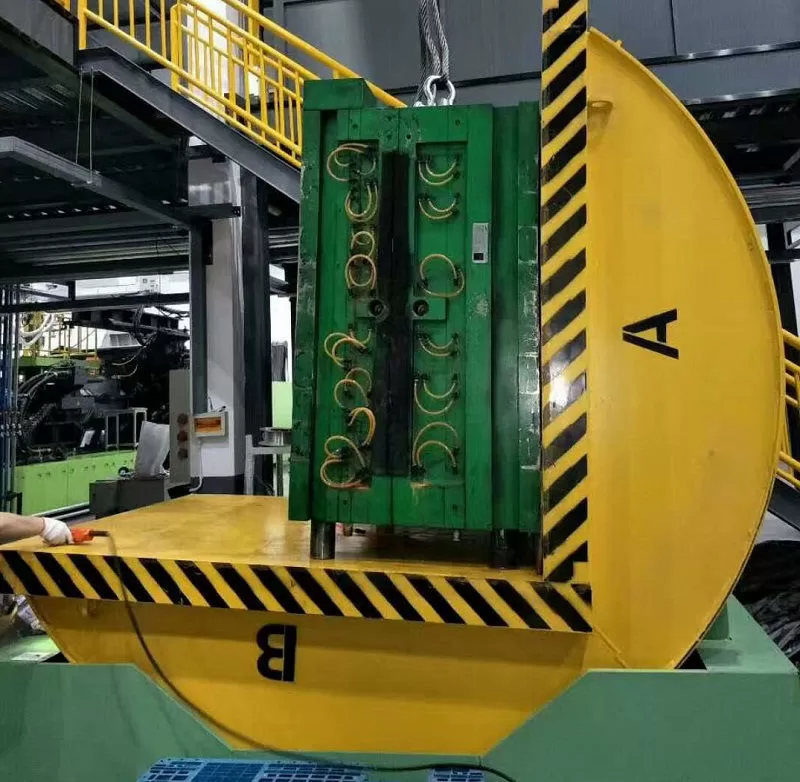
Compliance with Safety Standards
It’s imperative to ensure that the mold upender you choose complies with relevant safety regulations. Certifications such as ISO (International Organization for Standardization) or OSHA (Occupational Safety and Health Administration) are indicators that the equipment meets the required safety standards. Compliance with these standards not only protects your workforce but also helps avoid potential legal issues, ensuring that your operations remain uninterrupted and in line with industry best practices.
Additionally, check whether the machine has been tested for specific load capacities and environmental conditions, such as temperature variations or exposure to certain chemicals, which could affect performance.
Conclusion
Choosing the right mold upender for heavy load handling can significantly improve your operational efficiency and ensure the safety of both your workforce and equipment. By taking into account key factors such as weight capacity, operational space, safety features, and the latest technological innovations, you can select a solution that not only meets your immediate needs but also supports the long-term productivity and safety of your operations.
Investing in an upender that aligns with industry safety standards and offers advanced features like automatic load balancing and remote controls ensures that your facility stays at the forefront of operational efficiency while minimizing risks.

